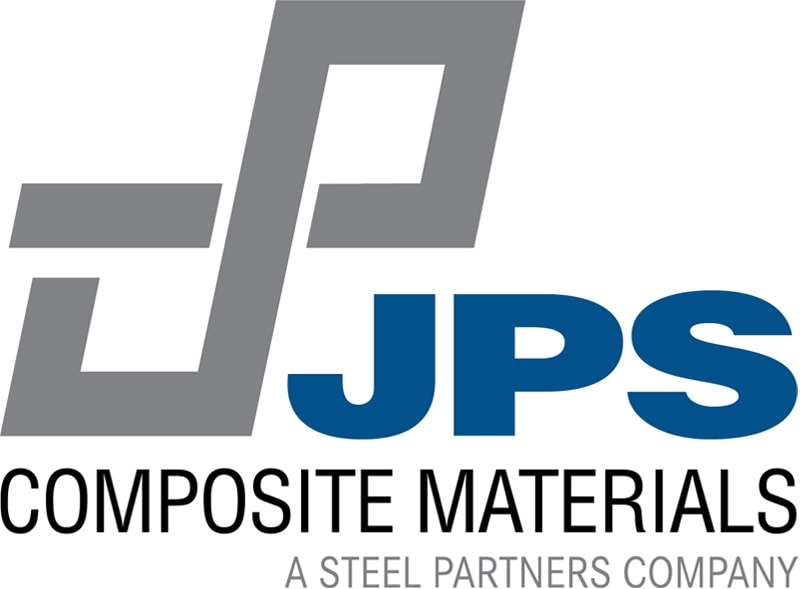Glass fabrics have many beneficial properties which have made them a preferred material for many industrial applications. Though highly durable, they remain lightweight, provide excellent thermal insulation, and can be easily molded into complex shapes. This blog will discuss some of the most common applications for glass fabrics.
Glass Fabrics for Aerospace and Aircraft Applications
Glass fabrics are a primary substrate for the interior structure of the fuselage in many types of aircraft. Several vital products throughout the aerospace industry rely on fiberglass for its strength, dimensional stability, corrosion resistance, and lightweight nature. In terms of aerospace applications, E-glass and S-2 glass are of particular importance in aerospace applications. These two types of fiberglass provide the fiber toughness, impact resistance, and compressive and tensile modulus required for many aerospace applications.
Glass fabrics see broad use throughout the aerospace industry to manufacture parts such as:
- Aircraft flooring
- Cargo liners
- Ducting
- Enclosures
- Helicopter rotor blades
- Structural aircraft parts, as well as interiors
- Tooling
Growing demand from the aerospace industry has significantly contributed to the development of S-2 glass, E-glass, and other high-performance fibers. Rising demand ensures that the mechanical properties of these composites for aerospace are continually being evaluated and optimized for performance.
Glass Fabrics for Other Industrial Composite Applications
Glass fabrics have uses throughout a diverse selection of industrial applications beyond the aerospace composites market. Varying application requirements across industries have led to the use of many different types of glass to target specific physical properties. This versatility and adaptability makes glass fabrics useful in industries such as:
Automotive and Transportation
Glass fabrics play an important role in reducing the weight of vehicles and improving their strength-to-weight ratios. Fiberglass is on average three times less dense than steel, while still displaying a high level of tensile strength. Glass fabrics also increase sound dampening and fire resistance. The material’s abrasion resistance makes it particularly useful for brake pads and clutches.
Glass fabrics are a key component in high-tech, high-performance automotive electronics, and they’re also used to create fiberglass-reinforced tires. These tires display greater damage resistance than non-fiberglass reinforced varieties and deliver more stable performance. Fiberglass is used in the manufacture of many other modes of transportation also, such as trains and trams. In these applications, fiberglass is frequently chosen for its strength-to-weight ratio and fire resistance. It also functions well in applications where aerodynamics are important.
Power Generation
Many areas throughout the power generation industry rely on fiberglass due to its non-conductive properties. Fiberglass fabrics withstand extreme environmental conditions and provide excellent temperature insulation. Mica-backed glass tapes insulate turbines and electric motors, and fiberglass fabrics are also used in pipe wrapping applications. Other applications include sound dampening, thermal blankets, spray shields, and heat reflectors.
Recreation
Glass fabrics provide functional solutions for many recreational applications due to their high strength-to-weight ratio. For example, surfboards, fishing poles, and golf clubs all require durable lightweight materials. Fiberglass is used throughout many sporting applications to provide athletes with equipment that functions optimally without cracking or breaking.
Ballistics (Protection)
Glass fabrics meet a range of threat-level protection needs and help create products that offer reliable ballistic protection. These high-performance fabrics are suitable for a range of applications, from law enforcement and military to industrial protection. Ballistic fabrics offer a lightweight, high-strength solution that is comfortable for the wearer and protects against many types of threats, including bullets, cutting, piercing, abrasion, and blunt-force trauma.
Electronics
Throughout the electronics industry, glass fabrics are used as a non-conductive insulator on printed circuit boards (PCBs). Fiberglass reinforcements provide high-temperature resistance and add strength to PCBs. These fabrics are also valuable due to their low cost and compatibility with custom finishes for chemical compatibility.
Glass Fabrics From JPS Composite Materials
Glass fabrics provide a high-performance, adaptable solution to applications throughout many industries. Their valuable characteristics make them uniquely suited for many applications. To see how our selection of glass fabric solutions can benefit your project, please contact us today.

